Estimated Read Time:7 minutes
Did you know the germ-killing properties of copper have been used for centuries?
In fact, the oldest-known medical document in history, the Edwin Smith papyrus, thought to be published in 17th Century Egypt, mentions the use of copper for treating wounds and cleaning drinking water.
Fast forward to the 21st Century, and we use copper in many practical situations around the world.
But how does copper kill bacteria?
How do we use it in many daily applications?
And why isn’t copper everywhere?
We’ll tell you all about it in this post.
How Does Copper Kill Bacteria?
Copper has antimicrobial properties, meaning it can kill harmful microorganisms.
Copper surfaces can eradicate bacteria, germs, and viruses by a process called “contact killing”.
In other words, for copper to kill bacteria, these microorganisms must come into contact with the copper surface.
And when it does, the copper quickly and effectively neutralizes it.
What happens when bacteria and viruses come into contact with copper?
According to Dr. Edward Bilsky, Chief Academic Officer at Pacific Northwest University of Health Sciences, copper kills germs in the following ways:
- Copper ions damage cell membranes and destroy the DNA or RNA of these microorganisms
- Copper ions generate oxidative stress on bacterial cells, creating hydrogen peroxide that kills the cell
- Copper ions interfere with proteins that operate important functions that keep bacterial cells alive
As the copper ions break down the cell membranes, it effectively kills the bacteria.
Thus, its ability to spread and mutate will be halted, which is why copper is so popular in healthcare facilities.
Does Copper Kill Bacteria in Water?

Copper, through a natural purification process known as the Oligodynamic Effect, can effectively eliminate harmful microbes, fungi, and bacteria when water is stored in a copper container overnight.
This process involves the dissolution of small amounts of copper ions into the water, rapidly killing viruses such as MRSA, E. Coli, Influenza A, and even the COVID-19 virus.
By leveraging the power of copper, you can create cleaner surfaces and ensure healthier drinking water.
Copper’s health benefits don’t stop there, either.
According to Optimum Water Solutions, here are some health benefits of drinking water stored in copper containers:
- Better digestive performance
- Aids in weight loss
- Helps wounds heal faster
- Helps with arthritis and inflamed joints
- Boosts skin health and melanin production
Practical Applications of Copper Surfaces
Copper Water Bottles
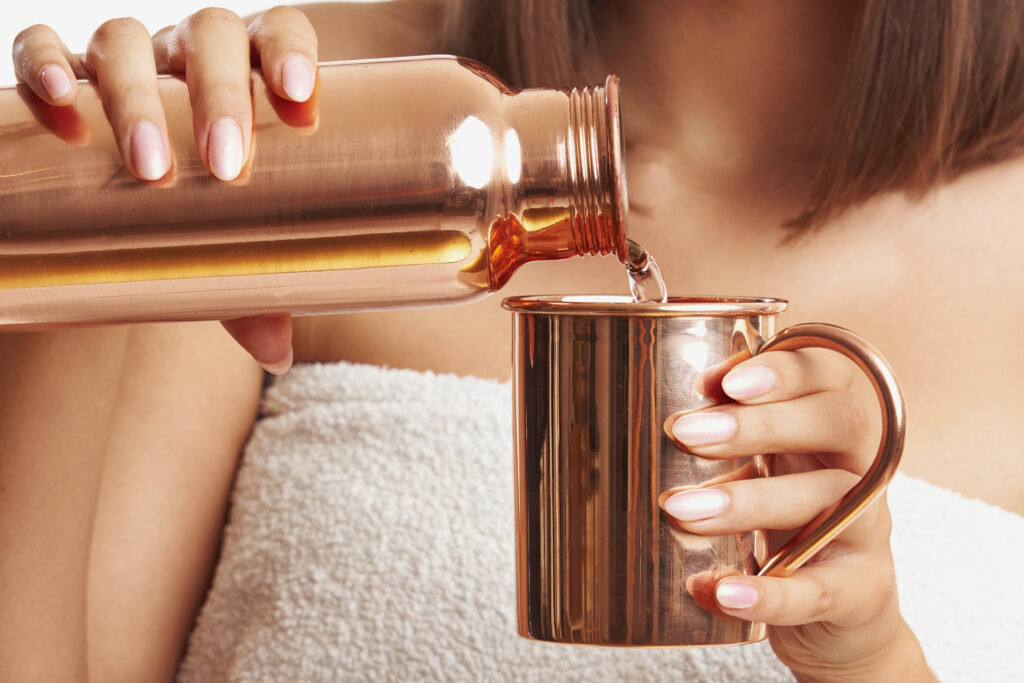
The use of copper-lined water bottles and pitchers is growing in the industry.
They are more expensive than a pack of plastic water bottles, but copper bottles provide purification that plastic ones can’t compete with.
How Long Does it Take for Copper to Kill Bacteria?
The longer you store water in a copper bottle, the more microorganisms it can kill.
Many experts say that you should keep water in a copper vessel for at least 8 hours to get the most out of its bacterial-killing properties.
Plus, it’s perfectly safe to keep water in copper bottles for more extended periods of time.
Copper Hand Rails and Door Fixtures
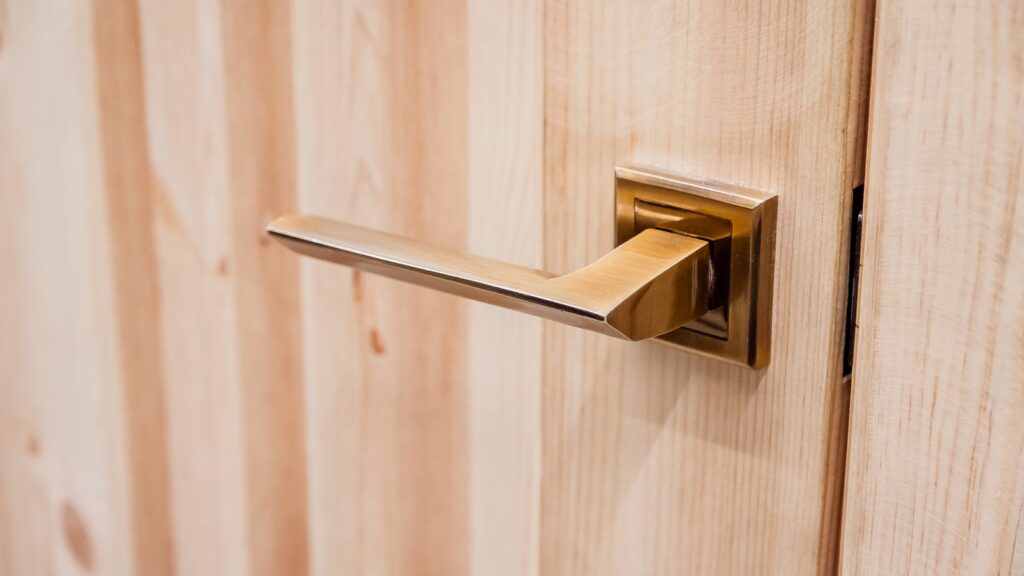
The use of copper in areas of high traffic can greatly reduce the spread of bacteria and infection.
For example, a study conducted in Selly Oak Hospital in the UK found that copper surfaces were 90% more effective at killing bacteria compared to plastic, chrome-plated, and aluminum surfaces.
Now, healthcare facilities use copper to make bedside rails, armrests, door handles, and many other pieces of equipment to limit healthcare-acquired infections (HAIs).
You can also find copper surfaces in busy subway systems, public buses, schools, airports, and many other high-traffic areas around the globe.
Copper in Freshwater Aquariums
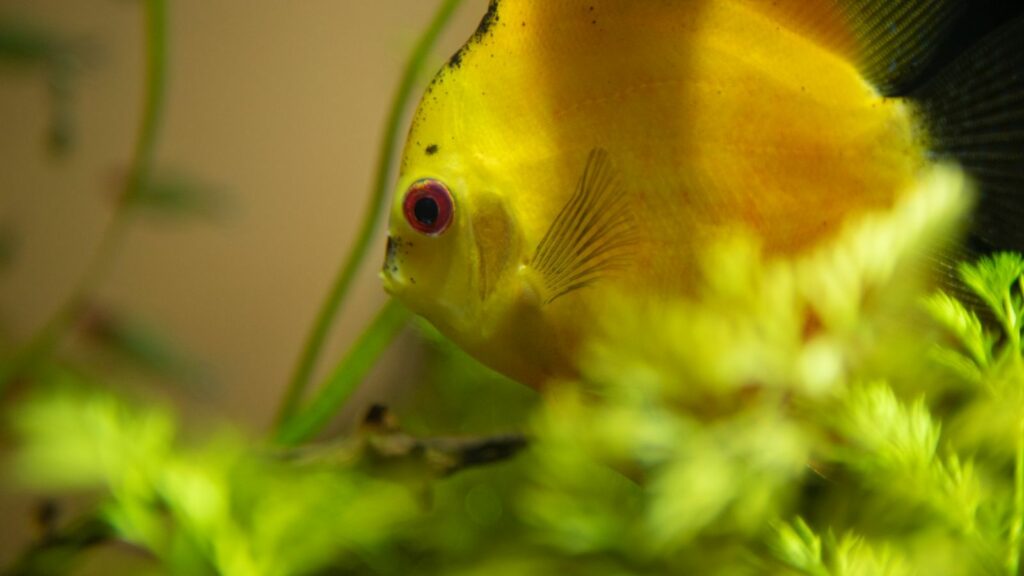
Aquarists can use copper as a water treatment in freshwater fish tanks.
In particular, the use of copper can reduce the rate of algae growth and kill fish-harming parasites.
Pipes that funnel water into the aquarium can be lined with copper to increase purification.
For the same purpose, many aquarists will add copper sulfate to the water, which takes the form of a soluble crystal or powder.
Considerations for Copper in Aquariums
Keep in mind that copper can be much more toxic to saltwater aquariums, so you should avoid copper additives.
For freshwater fish tanks, you also need to be careful that you don’t add too much copper, as this can also be toxic to the fish.
You need to understand the alkalinity of the water first to know how much copper sulfate you need.
Would you like to learn more?
Visit this publication by the University of Florida for instructions to find the proper amount of copper sulfate for your fish tank.
Copper in Bird Feeders
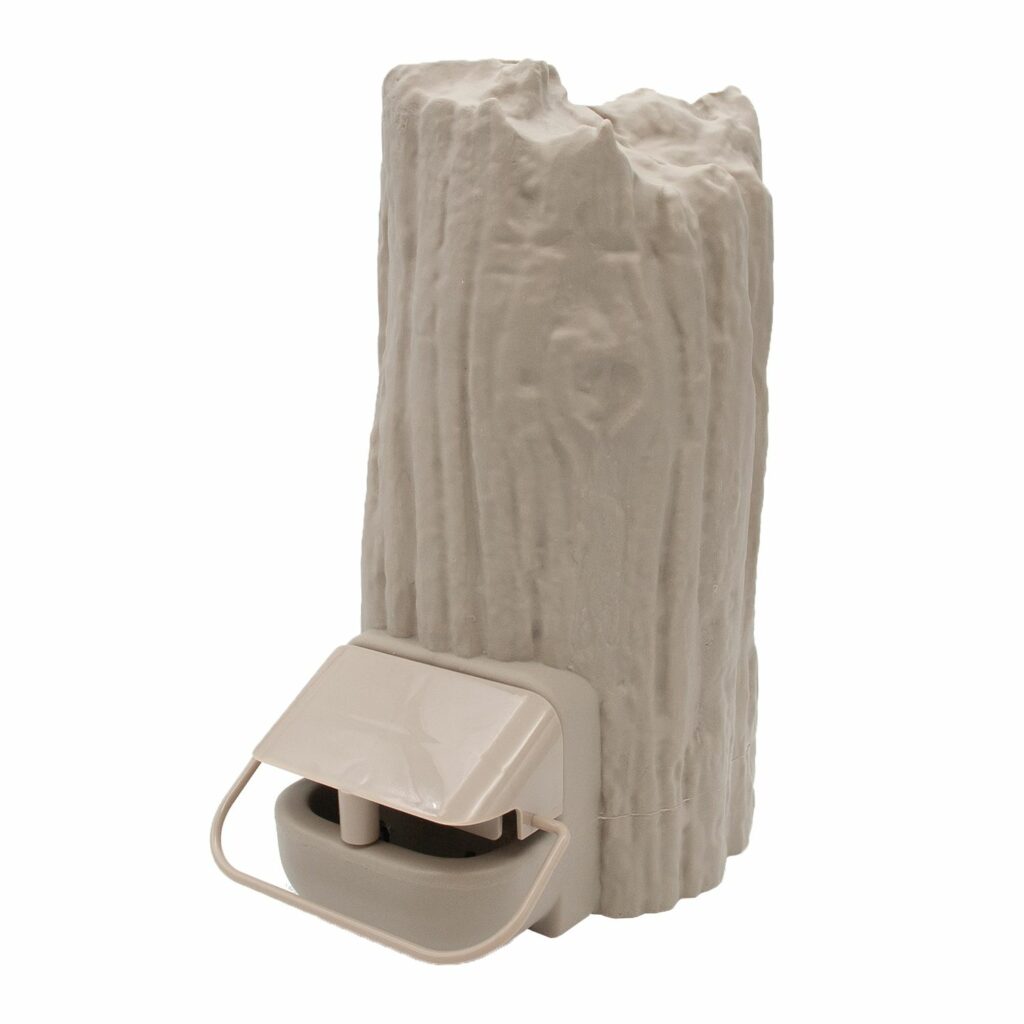
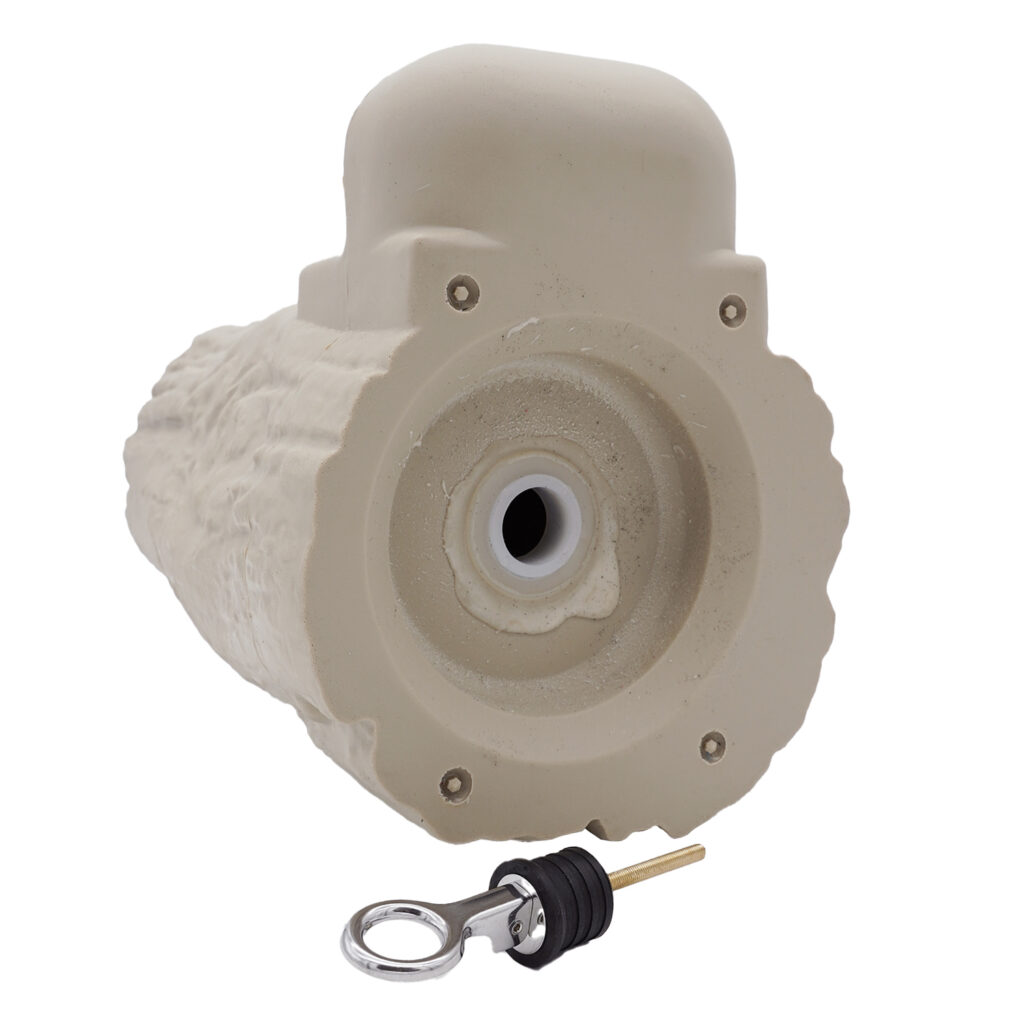
Using copper in bird water dispensers may be less recognized than most applications, but it comes with just as many benefits.
We build and service commercial aviaries for businesses across the United States, and the use of copper in our bird feeders has been a monumental addition.
In fact, since implementing this food and water feeder in our aviaries, we’ve seen a significant drop in the number of birds getting sick.
Plus, its ease of use along with Serenity’s routine aviary services makes feeding and watering your birds almost effortless.
How We Tested It
To confirm copper’s bacterial killing properties, we took 14 samples of water on copper plates over a 14-week period.
Throughout this period, we inspected each plate for bacterial growth.
For all 14 copper plates, we found that zero bacterial colonies had grown in the water.
After months of designing and testing copper applications, we arrived at a copper plug at the bottom of our Infinity Feeder (pictured above).
The Infinity Feeder’s innovative, log-shaped design holds way more water than typical bird water dispensers.
Plus, you don’t have to sanitize and refill it every day!
The water is continuously treated as it comes in contact with the copper plug before exiting the feeder.
Learn about Serenity’s routine cleaning services and you can get an Infinity Feeder for your aviary!
Why is Copper Still Not Used Everywhere?
If copper is so amazing, why don’t we use it in each business, hospital, home, park, mode of transportation, etc.?
Here are a few reasons.
High Price Point
One reason copper isn’t used everywhere is that it’s higher priced than other “bacteria-killing options”.
For example, hospitals may see hand-gel dispensers as a cheaper option to limit the spread of HAIs, even though hand sanitizers do not kill all microbes.
Lack of Education
The truth is, many people don’t fully understand copper’s antimicrobial benefits yet.
Many healthcare professionals, for example, note silver as a highly effective antimicrobial metal.
Silver can kill many yeasts, bacteria, and viruses, but the surface must be wet to be effective.
Copper Tarnishes Easily
Another issue may be how the copper looks after long-term use.
The surface can become green, look dirty, and is also harder to clean than most metals.
But regardless of this deteriorated look, copper will keep its germ-killing properties and still be more effective than steel, glass, plastic, and silver.
In Conclusion
While copper is not a cure-all for bacterial infections, it is an exceptional tool for purifying water and reducing the spread of bacteria in high-traffic areas.
Today, we utilize copper surfaces in a variety of ways in hospitals, schools, public transportation, aquarium plumbing, and even in our aviary feeders to improve bird health.
Unfortunately, copper isn’t used as widely as it could be, especially given its proven health benefits.
But, as we do more research on copper and bacteria, we will likely see more innovative uses of this versatile metal in the fight against bacterial infections.